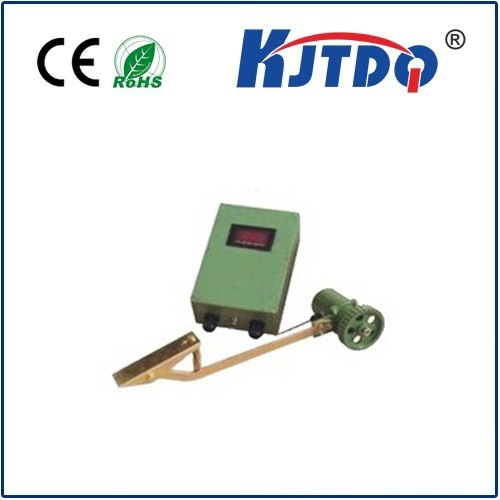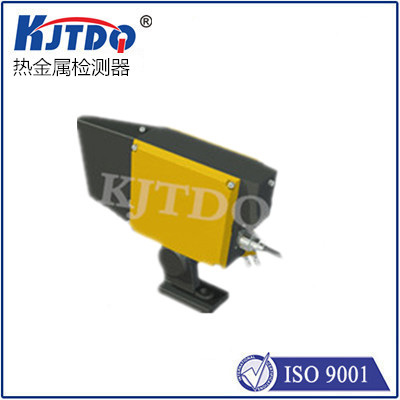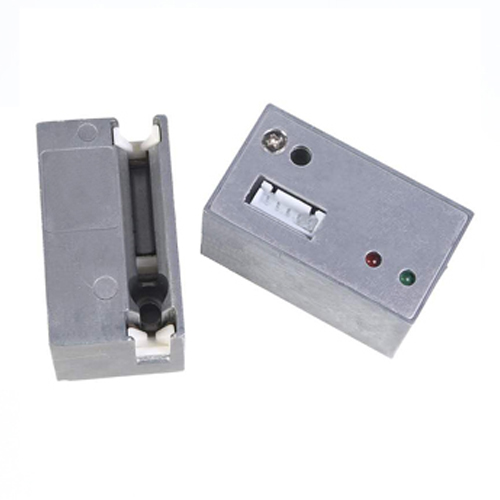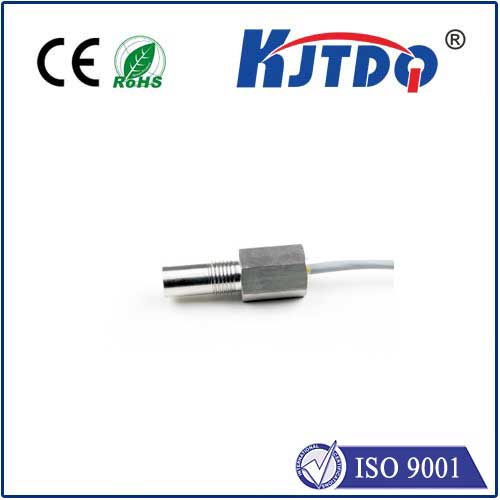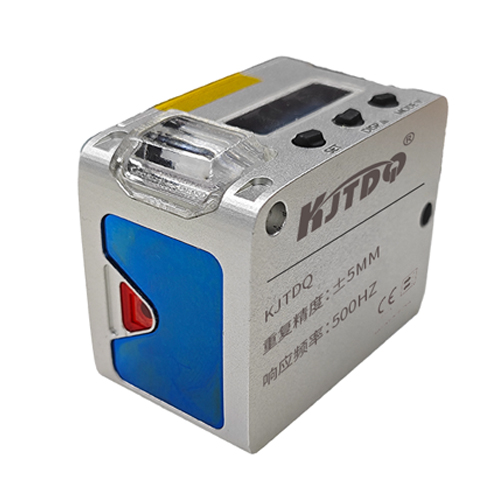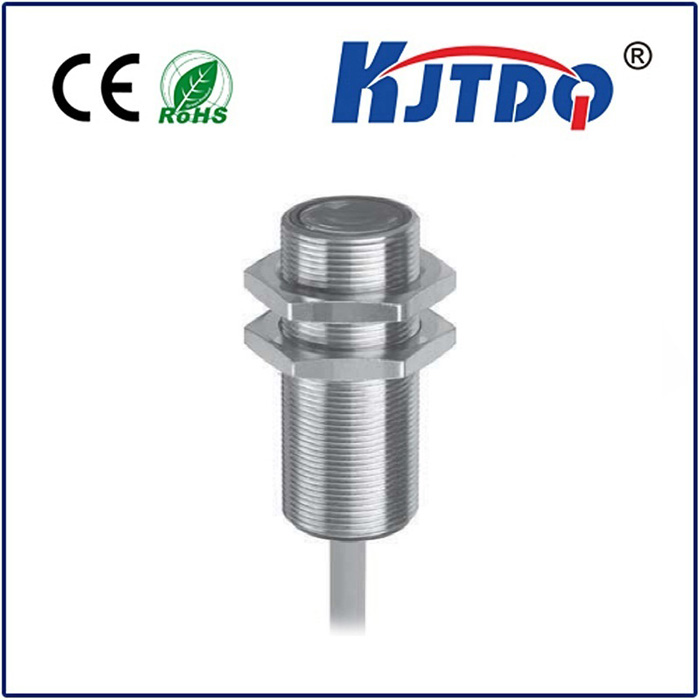proximity inductive sensor
- time:2025-09-06 04:41:57
- Click:0
Proximity Inductive Sensors: The Silent Guardians of Metal Detection in Industrial Automation
Imagine a high-speed production line flawlessly assembling complex machinery. Components zip past robotic arms with millimetre precision. A critical metal gear approaches its exact mounting point. How does the system know precisely when to trigger the next step, ensuring flawless operation without physical contact or slowdown? The answer often lies in the unassuming, yet indispensable, proximity inductive sensor. These robust devices form the bedrock of reliable, non-contact metal detection in countless industrial applications, acting as the silent sentinels monitoring the movement and position of metallic objects.
Understanding the Core Principle: Electromagnetic Field Detection
At its heart, a proximity inductive sensor operates on the principle of eddy currents induced in conductive materials. Here’s the breakdown:
- Generating the Field: The sensor contains an oscillator circuit that generates a high-frequency electromagnetic field radiating from the sensor’s active face.
- Field Interaction: When a metallic object (ferrous – like iron and steel – or non-ferrous – like aluminum, copper, brass) enters this electromagnetic field, eddy currents are induced on the surface of the object.
- Detection & Signal Change: These eddy currents absorb energy from the sensor’s oscillating field. This energy loss causes a measurable change within the sensor’s circuitry – specifically, it dampens the oscillation amplitude or alters the resonant frequency (depending on the sensor design).
- Output Trigger: The sensor’s internal electronics detect this change. When the change exceeds a predefined threshold (corresponding to the object being within the sensor’s specified sensing range or switching distance), it triggers a solid-state output switch. This output signal (typically PNP, NPN, or Namur) is then used by a PLC (Programmable Logic Controller) or other control system to initiate an action – starting a process, stopping a motor, counting parts, or confirming position.
Why Choose Proximity Inductive Sensors? Key Advantages

Their widespread adoption isn’t coincidental; it’s driven by compelling advantages:
- Non-Contact Operation: This is paramount. The sensor never physically touches the target, eliminating wear and tear on both the sensor and the object being detected. This translates directly to dramatically extended operational lifetimes and minimal maintenance requirements.
- Robustness & Reliability: Designed for harsh industrial environments, these sensors boast exceptional resistance to dust, dirt, moisture (often achieving high IP ratings like IP67 or IP69K), oils, and vibrations. Their solid-state design has no moving parts to fail.
- High Switching Frequency & Speed: Capable of detecting objects moving at very high speeds, they are ideal for fast production lines and high-speed counting applications. Switching frequencies can range into the hundreds of Hertz or even kilohertz.
- Long Service Life: As mentioned, the absence of mechanical contact points and robust construction leads to incredibly long service lives, often measured in millions of operating cycles.
- Insensitivity to Surface Conditions: Unlike optical sensors, they are largely unaffected by target color, surface finish (within reason – very rough surfaces might slightly reduce range), dust, or non-metallic contaminants like dirt or grease coating the target (as long as the metallic base is detectable).
- Variety of Form Factors: Available in a vast range of sizes (M3, M4, M5, M8, M12, M18, M30 being very common), shapes (cylindrical, rectangular, block), connection types (cable or connector), and output configurations to fit virtually any installation requirement.
Diverse Applications: Where You’ll Find Them Working
The versatility of proximity inductive sensors makes them ubiquitous across industries:
- Manufacturing & Assembly: Position verification of parts, end-of-stroke detection for cylinders, presence/absence detection on conveyors, robotic arm positioning control, part counting, spindle positioning.
- Material Handling (Conveyors): Detecting metal objects on belts (for sorting, counting, or stopping), monitoring pallet position, detecting jams by sensing stalled rollers.
- Packaging Machinery: Verifying metal lids or caps are present and correctly positioned, controlling filling levels by detecting metal probes or floats.
- Automotive Production: Verifying presence of engine blocks, chassis components, or tools in position for robotic welding, assembly confirmation, safety door monitoring.
- Metalworking & Machining: Tool breakage detection (by sensing the absence of the tool tip), workpiece positioning in CNC machines, chuck clamping detection.
- Intralogistics & Warehousing: Position sensing in automated guided vehicles (AGVs), pallet racking detection, elevator leveling control.
Selecting the Right Sensor: Key Specifications Matter
To ensure optimal performance, consider these critical parameters:
- Sensing Range: The nominal distance at which the sensor can reliably detect the specified standard target (usually a square of 1mm thick mild steel). Crucially, this range is influenced by the target material size, shape, and type. Ferrous metals typically yield the longest range; non-ferrous metals like copper or aluminum have a significantly shorter range (requiring specific sensors optimized for non-ferrous detection).
- Target Material: Specify whether detection is primarily needed for ferrous metals (iron-based), non-ferrous metals (aluminum, brass, copper), or both. This dictates sensor choice.
- Housing Material & Size: Choose the form factor that fits the mounting space. Common materials are nickel-plated brass or stainless steel for corrosion resistance.
- Output Type: PNP (sourcing, common in EU/Asia), NPN (sinking, common in US), or Namur (intrinsically safe for hazardous areas). Voltage ratings (10-30V DC typical). Ensure compatibility with your control system inputs.
- Switching Frequency (Response Speed): How quickly the sensor can detect an object and switch its output state. Critical for high-speed applications.
- Environmental Rating (IP Code): Defines protection against solids and liquids. IP67 (dust-tight, withstands temporary immersion) is common; IP68/69K for harsher washdown or submerged conditions.
- Flush Mounting vs. Non-Flush Mounting: Flush-mountable sensors can be embedded into metal mounting surfaces without affecting their sensing field. Non-flush sensors require clearance around the sensing head but often offer longer ranges.
A Modern Staple: Enabling Precision and Reliability
Proximity inductive sensors are far from a novel technology, but their fundamental principle, combined with continuous refinements in manufacturing and signal processing, keeps them at the forefront. Their non-intrusive nature, inherent ruggedness, and unwavering reliability make them an engineering cornerstone. In the demanding world of industrial automation, where precision, uptime, and predictability are paramount, the humble proximity inductive sensor performs a vital, continuous role – detecting the presence of metal with silent efficiency, enabling smooth operation and safeguarding complex processes one detection cycle at a time. From the smallest M3 sensor monitoring intricate component placement to the robust M30 units guiding heavy machinery, their contribution to the efficiency and safety of modern industry is immeasurable.






